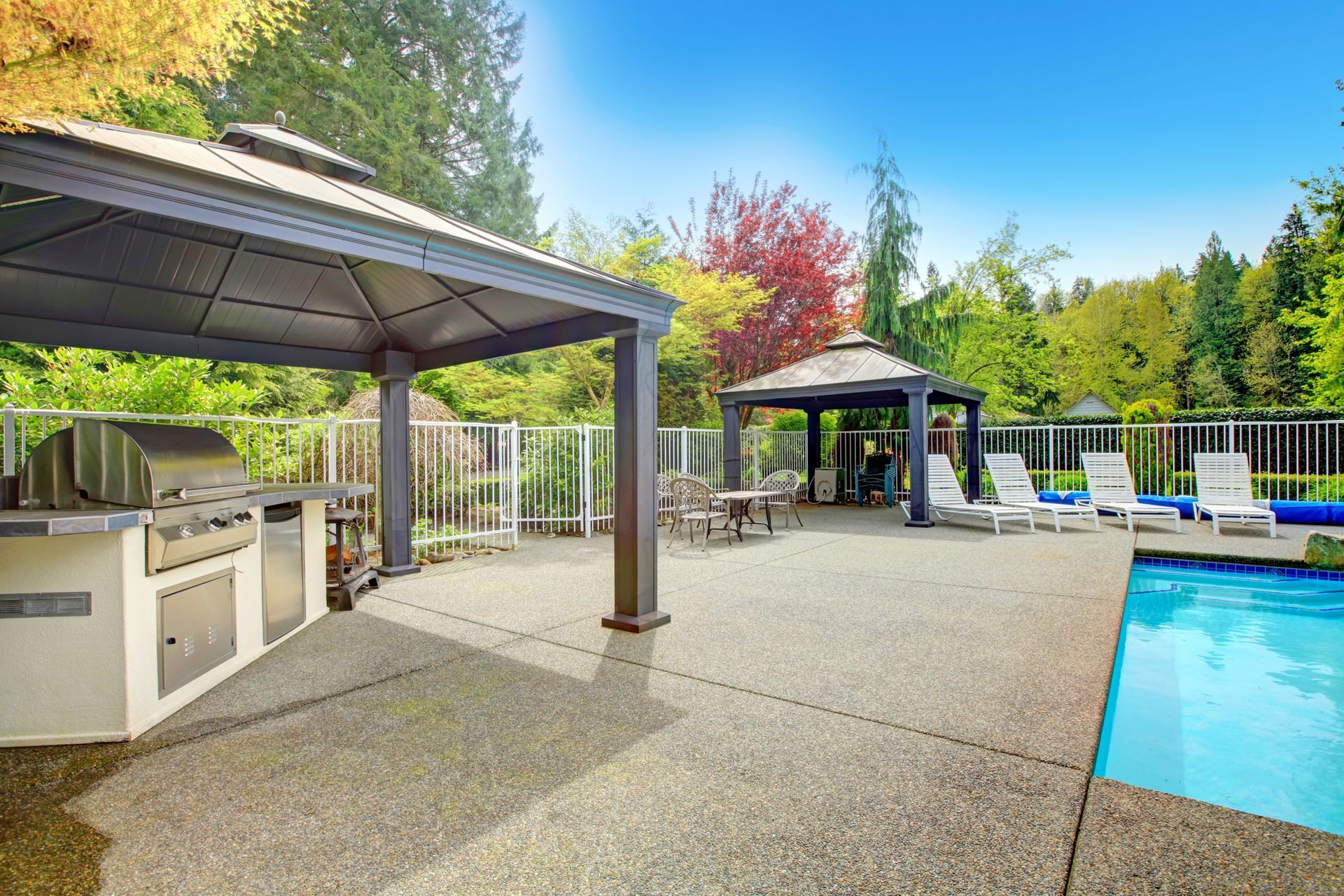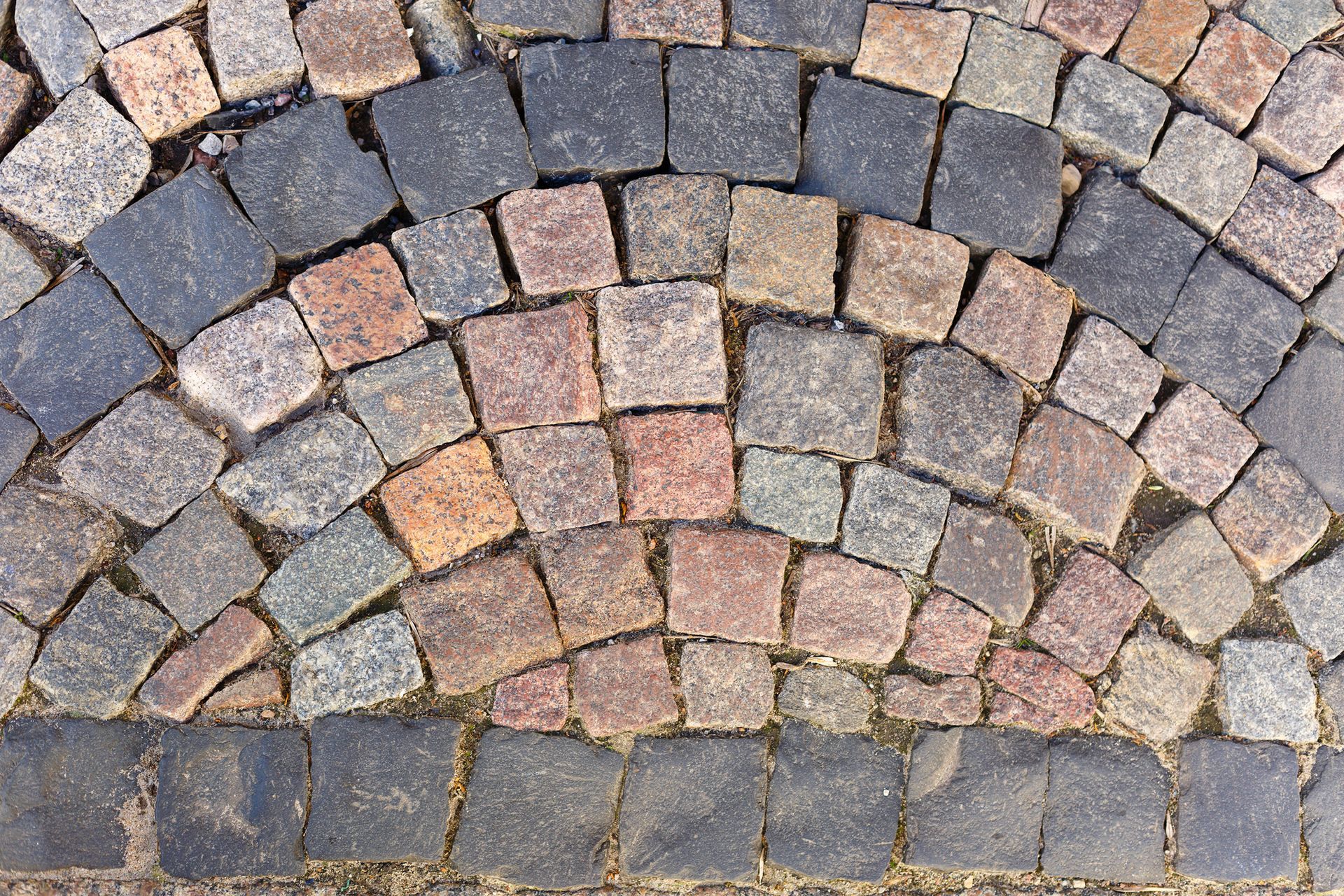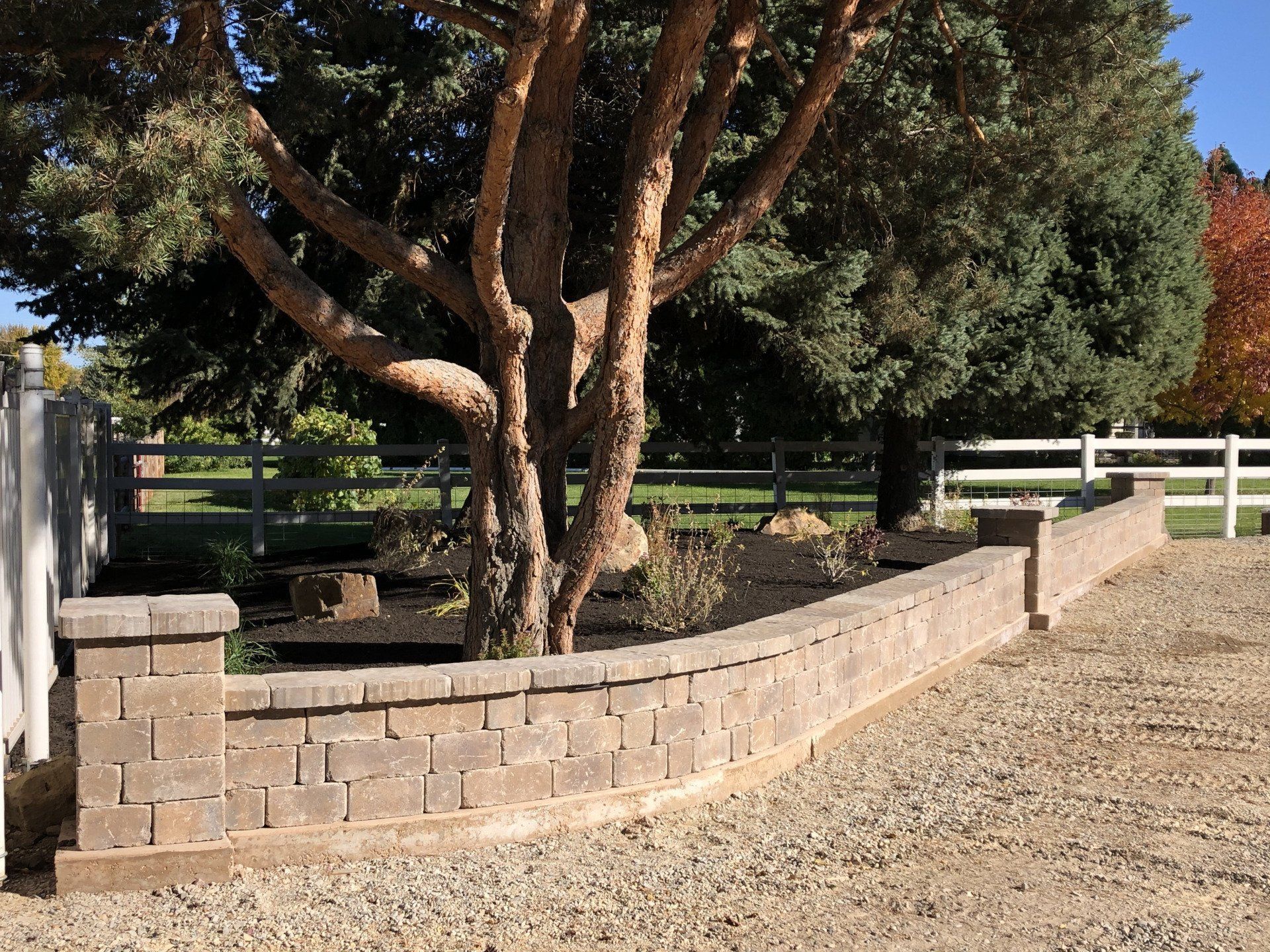Comparing Hardscape and Permanent Landscape in the Long Run
What is the difference between a hardscape and a permanent landscape?
The concept of hardscape vs. permanent landscape has been a subject of discussion in the field of landscape design for some time.
In its most basic form, hardscaping is an outdoor space that includes non-living elements such as paving stones, walkways, and driveways. Permanent landscaping involves living things like trees, shrubs, and grasses to create a more natural atmosphere.
Paver Contractors in Reno will delve into both concepts further by exploring the benefits each can bring to an outdoor space. When designing any kind of outdoor environment, it is important to consider how the materials used will interact with one another over time.
Understanding the differences between hardscape and permanent landscaping can help ensure that your project remains aesthetically pleasing and harmonious for years after completion. Additionally, understanding these concepts can provide much needed guidance when deciding which type of material best suits your needs.
What Is A Hardscaping
Hardscaping is an integral component of any landscape design. It refers to the use of hard materials such as stone, brick, concrete, and metal in outdoor spaces.
Hardscaping includes items like walkways, patios,
retaining walls, and other structures that provide structure and definition to a space while also withstanding weather conditions better than softer materials like plants or soil.
As opposed to permanent landscaping, which involves living elements such as bushes and trees, hardscaping is used for more long-term features that don't need regular maintenance or replacement.
When designing a landscape utilizing hardscape components, it is important for designers to consider the area's climate and environment when choosing appropriate materials.
For example, if an area experiences very cold temperatures during the winter months, light colored stones can be chosen because they absorb heat from the sun during warmer times of the year.
Additionally, some hardscape materials are designed specifically for certain climates; for instance, rocky surfaces may not perform well in areas prone to flooding due to their permeability and difficulty draining water out quickly enough.
Designers must also think about how each element will interact with one another within the greater context of a project before installing them in order to ensure proper functionality over time.
In addition to considering factors such as weight capacity, moisture absorption rates, and temperature fluctuations, designers should also take into account aesthetic concerns, including color palette choices, texture variety, and the overall visual impact on the surrounding environment, when selecting individual pieces of hardscape material for installation.
Ultimately, successful implementation of hardscapes requires careful planning at all stages of the process in order to achieve the desired results, both functionally and aesthetically.
What Is A Permanent Landscaping
Hardscaping and permanent landscaping are two distinct concepts in landscape design. Hardscaping is the use of hard materials, such as stone or concrete, to create an aesthetic environment that provides structure and permanence to a property’s outdoor space. With their stability and predictability, hardscapes provide a perfect canvas for those looking to install decks or patios, build retaining walls, or add garden features like benches or bird baths.
These elements can work together to enhance any backyard setting. Furthermore, given the right material choices and professional installation techniques, hardscapes are highly durable against harsh weather conditions, making them ideal for climates where temperatures vary drastically throughout the year.
Permanent landscaping refers to plants, shrubs, trees, and flowers that remain year-round, providing a more natural feel to the outdoors. As if playing chess with nature itself, both forms of landscaping offer their own unique advantages for creating beautiful outdoor spaces.
On the other hand, permanent landscapes add color and vibrancy while blending seamlessly into the surrounding environment; they also require minimal maintenance compared to annual seasonal changes when dealing with short lived vegetation.
The addition of carefully selected trees and shrubs can bring visual interest even during the winter months; even better when planted along walkways or driveways to make your home stand out from the rest on the block—all this without sacrificing practicality as larger foliage may be used to maximize shade benefits during summertime heat waves.
With today's advanced irrigation systems now available on the market - incorporating intelligent water management strategies including automatic rain sensors - maintaining lush greenery has become easier than ever before!
Benefits of Hardscaping
Hardscaping is an essential part of any permanent landscape design. It provides structure, a sense of permanence, and stability, while also providing practical benefits to the outdoor environment.
In comparison to traditional
softscapes such as grass and plants, hardscape elements are more cost-effective and require less maintenance:
- Cost effectiveness: Hardscape materials are typically more affordable than other landscaping components like sod or plants. Furthermore, their durability ensures that they will last for many years without needing replacement or costly repairs.
- Low Maintenance: Unlike softscapes, which need regular watering and pruning, most hardscaping elements can be left alone with minimal upkeep needed from time to time. This makes them ideal for busy homeowners who don’t have time to devote to the constant maintenance of their landscape designs.
- Versatility: With so many options available in terms of materials, and textures, there is no limit to what you can create when it comes to hardscape designs. Whether you want something simple or intricate, natural looking or modern chic, there is sure to be a solution that fits your needs.
- Durability: Many types of hardscaping are made from highly durable materials such as stone, concrete, and brick that can stand up well against extreme weather conditions like hail storms and heavy rains. This means that your investment in these structures won’t go down the drain due to wear-and-tear over time.
- Aesthetics: Hardscape features add visual interest and texture to any landscape design while also creating functional areas like pathways and seating areas. They can provide year round color even during dull winter months when most plant life has died off, making them great additions for those living in cold climates where retaining greenery is difficult throughout the year.
The combination of both hardscape design elements with softscape elements such as flowers and shrubs allows for greater creativity within a space by unifying different aspects together into one cohesive whole - each element having its own purpose but still working together towards achieving one common goal, enhancing the overall look of a space in a way only possible through using both approaches simultaneously.
Benefits of Permanent Landscaping
Landscaping can make your home worth a lot more. Not only does it improve the look of your home, but it can also be good for the environment. Permanent landscaping is a type of gardening that involves planting trees, bushes, and other plants that can live for many years. In this piece, we'll talk about some of the reasons why landscaping that stays put is a good idea.
- Improves Air Quality
One of the biggest benefits of permanent landscaping is that it can improve the quality of the air around your property. Trees and plants absorb carbon dioxide and release oxygen, which can help to reduce air pollution. This can be particularly beneficial in urban areas, where air pollution can be a serious problem.
- Reduces Energy Costs
Permanent landscaping can also help to reduce your energy costs. Trees and plants provide shade, which can help to keep your property cool during the summer months. This means that you may not need to rely on air conditioning as much, which can help to lower your energy bills.
- Increases Property Value
Permanent landscaping can also increase the value of your property. A well-designed landscape can enhance the aesthetic appeal of your property and make it more attractive to potential buyers. This means that if you decide to sell your property in the future, you may be able to get a higher price for it.
- Provides Habitat for Wildlife
Trees and plants provide habitat for a variety of wildlife, including birds, insects, and small animals. Permanent landscaping can help to create a more diverse ecosystem around your property, which can be beneficial for both wildlife and humans.
- Reduces Soil Erosion
Permanent landscaping can also help to reduce soil erosion. Trees and plants help to hold soil in place, which can prevent it from being washed away by rainwater or blown away by the wind. This can be particularly important in areas where soil erosion is a problem.
- Enhances Privacy
Permanent landscaping can also help to enhance your privacy. Trees and plants can be used to create a natural barrier between your property and your neighbors' properties. This can help to create a more private and secluded outdoor space.
Permanent landscapes offer a rare chance for homeowners to restore balance between humans and nature by utilizing creative solutions that will be enjoyed for years to come.
Need Trusted Paver Contractors? Contact Reno Pavers & Patios
The use of hardscaping and permanent landscaping can be beneficial for a variety of reasons. Hardscaping is an excellent way to add structure, functionality, and visual appeal to any landscape design.
Permanent landscaping provides the opportunity to create timeless designs that are low maintenance and aesthetically pleasing. By understanding the differences between these two styles of landscaping, one can make informed decisions on how best to proceed with their own project.
Both hardscaping and permanent landscaping offer advantages that, when combined, can create beautiful outdoor spaces that will last for years to come.
With careful consideration and thoughtful planning, both approaches can help homeowners achieve stunning results in their outdoor living areas without sacrificing time or money.
Contact Us
We will get back to you as soon as possible.
Please try again later.
You might also like
Book a Service Today
We will get back to you as soon as possible
Please try again later
Spokane Valley & North Idaho's #1 Paving Stone Specialists!
Navigation
Services
Working hours
- Mon - Wed
- -
- Thu - Sat
- -
- Sunday
- -




